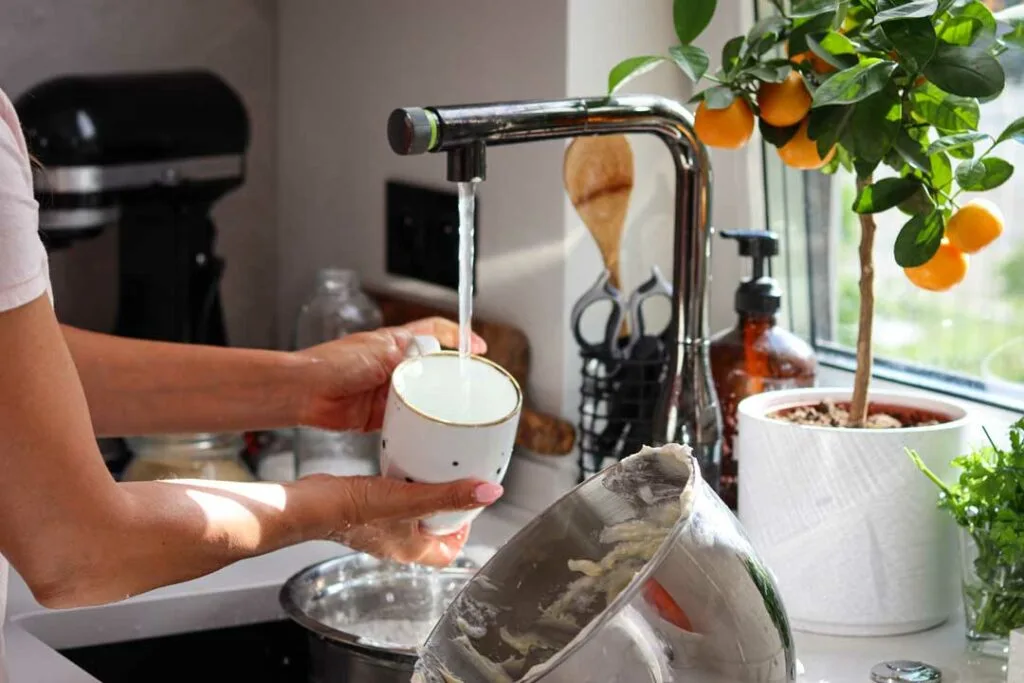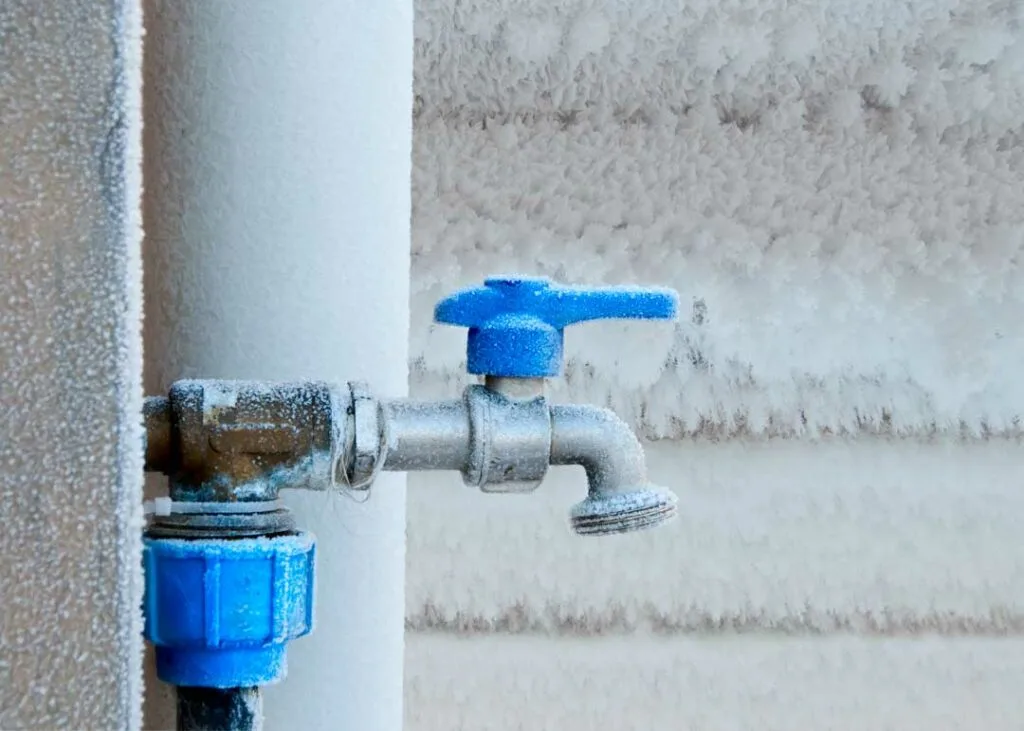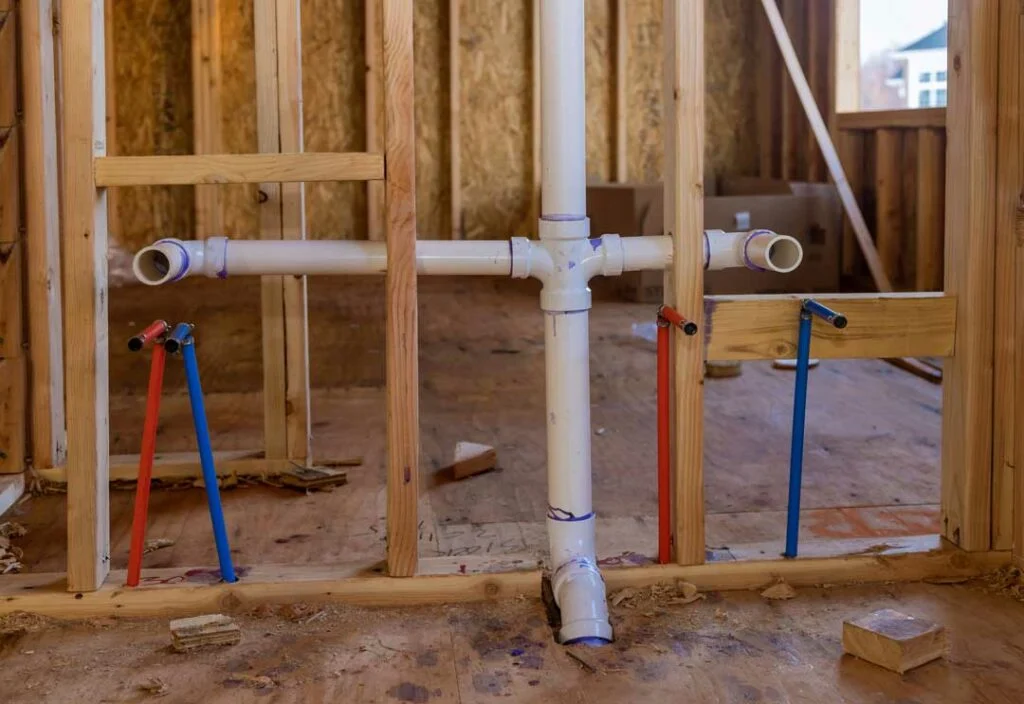Ever wonder how water flows in a house? Knowing the basics helps protect your home—and your family—from leaks, damage, and surprise repairs.

We tend to think about water only when it stops working. But behind every shower, kitchen sink, and washing machine is a complex system moving constantly through your home.
Understanding Your Home Plumbing System for Family Safety
Understanding how water circulates not only helps you spot problems earlier but can also make daily life more efficient and safer for your family.
Where Water Enters and Where It Goes
Most homes receive water through a main supply line connected to a municipal system or a private well. That water travels under pressure through a network of pipes branching off to serve each area of the house. Cold water goes directly to faucets, toilets, and appliances.

Some of it enters the water heater, where it is warmed and then directed to hot water taps like your shower or dishwasher.
From there, used water doesn’t just disappear. It flows down drains into a separate waste line that carries it to the municipal sewer system or a septic tank. This return system also includes vents that allow sewer gases to escape safely outside rather than backing up indoors.
What Helps Water Flow Efficiently
Gravity, pressure, and properly installed plumbing all play a part in how water travels. Pipes must be sloped and sized correctly so waste water drains quickly without clogging. Air vents prevent suction that can interfere with flow. Traps under sinks hold water to stop odors from coming back into your home. Even something as basic as a faucet’s aerator affects how smoothly water is delivered and used.
Appliances like dishwashers, washing machines, and even some newer toilets are designed to use water efficiently. But if you have low pressure in one area, it may signal buildup or leaks within the plumbing system. Small issues like slow drains or gurgling noises can be early clues that something is disrupting circulation.
The Role of Heating and Cooling
Water circulation connects with your home’s heating and cooling systems in less obvious ways. For example, if you use a boiler for heat, hot water may be circulated through radiators or baseboards to warm your home.

Even your air conditioning can be affected by the home’s moisture and plumbing setup. In areas with high humidity or frequent rainfall, such as homes with air conditioning in Seattle, drainage and water movement must be carefully managed to avoid mold or water damage around ductwork and units.
How to Stay Ahead of Plumbing Problems
Regular maintenance can keep your home’s water moving properly. That includes cleaning out faucet aerators, flushing your water heater, checking under sinks for signs of leaks, and making sure your sump pump works if you have one. Being proactive is usually far less expensive than reacting to a burst pipe or backed-up drain.
Knowing how your home’s water system works can help prevent bigger problems. Water is a silent worker in your home, but with the right attention, it can keep everything running smoothly behind the scenes. For more information on your home’s plumbing ecosystem, feel free to look over the accompanying infographic below.
Home Water Flow Explained: A Guide for Families
Water works silently behind your walls, but a little knowledge goes a long way. By learning how water flows in a house, you’ll spot problems early, reduce waste, and create a healthier environment for your family.
Take time to inspect your system regularly, fix small issues early, and stay informed. It’s a smart way to keep your household running smoothly—no plumbing degree required.

Jessi is the creative mind behind The Coffee Mom, a popular blog that combines parenting advice, travel tips, and a love for all things Disney. As a trusted Disney influencer and passionate storyteller, Jessi’s authentic insights and relatable content resonate with readers worldwide.
